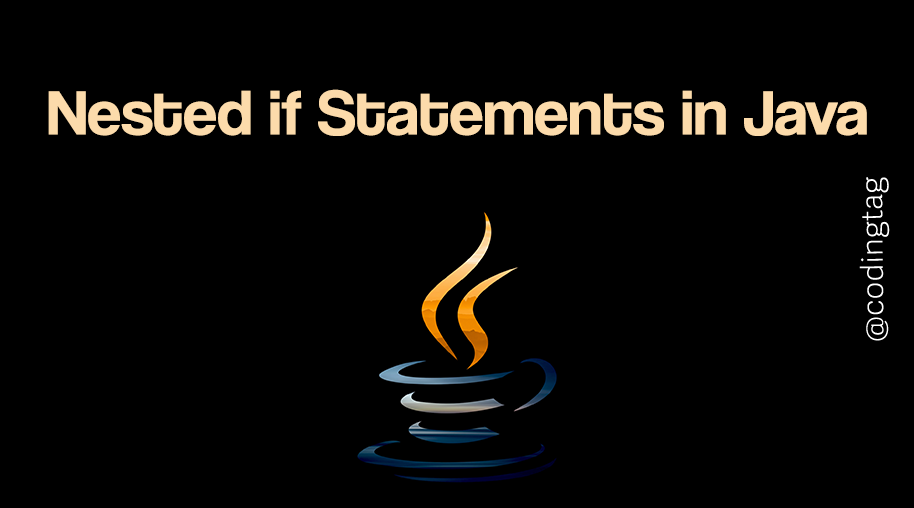Common Mistakes in Control Statements in Java
0 600
Introduction to Common Mistakes in Control Statements in Java
Control statements are the backbone of decision-making and loop execution in Java. However, many developers, especially beginners, often stumble upon common mistakes that cause unexpected results or bugs.
This blog will highlight frequent errors made in control statements and how to avoid them.
Mistake 1: Missing break in switch Cases
One of the most typical mistakes is forgetting the break statement in switch cases. Without break, execution falls through to the next case, which may cause unintended behavior.
int day = 2;
switch (day) {
case 1:
System.out.println("Monday");
case 2:
System.out.println("Tuesday");
case 3:
System.out.println("Wednesday");
default:
System.out.println("Other day");
}
Issue: All cases from day 2 onward will print because break is missing.
Mistake 2: Using == to Compare Strings
Using == to compare strings checks for reference equality instead of value equality. This leads to bugs when comparing string contents.
String s1 = "hello";
String s2 = new String("hello");
if (s1 == s2) {
System.out.println("Strings are equal");
} else {
System.out.println("Strings are not equal");
}
Fix: Use s1.equals(s2) for content comparison.
Mistake 3: Incorrect Loop Conditions
Improper loop conditions may lead to infinite loops or loops that never execute. For example, using i <= 10 but incrementing in a wrong direction or forgetting to update the loop variable.
int i = 10;
while (i < 10) {
System.out.println(i);
i--;
}
Issue: This loop never runs because the condition is false initially.
Mistake 4: Misusing break and continue
Misunderstanding how break and continue work can cause unexpected control flow, especially in nested loops.
for (int i = 1; i <= 5; i++) {
for (int j = 1; j <= 5; j++) {
if (j == 3) {
break; // only breaks inner loop, not outer
}
System.out.println("i = " + i + ", j = " + j);
}
}
Note: break exits the nearest loop, not all loops.
Mistake 5: Neglecting Curly Braces in if-else Statements
Omitting curly braces in multi-line if or else blocks causes only the first statement to be controlled, which can introduce logic errors.
if (x > 0)
System.out.println("Positive");
System.out.println("Number");
Fix: Always use curly braces to define the block explicitly.
Tips to Avoid These Mistakes
- Always use
breakin switch cases unless fall-through is intended. - Use
.equals()for string comparisons, not==. - Carefully set and test loop conditions and update variables correctly.
- Understand the scope of
breakandcontinuein nested loops. - Use curly braces even for single-statement blocks for clarity and safety.
Conclusion
Avoiding these common mistakes in control statements can significantly improve your Java code's correctness and readability. Being mindful of these pitfalls helps you build more reliable and maintainable applications.
If you’re passionate about building a successful blogging website, check out this helpful guide at Coding Tag – How to Start a Successful Blog. It offers practical steps and expert tips to kickstart your blogging journey!
For dedicated UPSC exam preparation, we highly recommend visiting www.iasmania.com. It offers well-structured resources, current affairs, and subject-wise notes tailored specifically for aspirants. Start your journey today!

Share:






Comments
Waiting for your comments